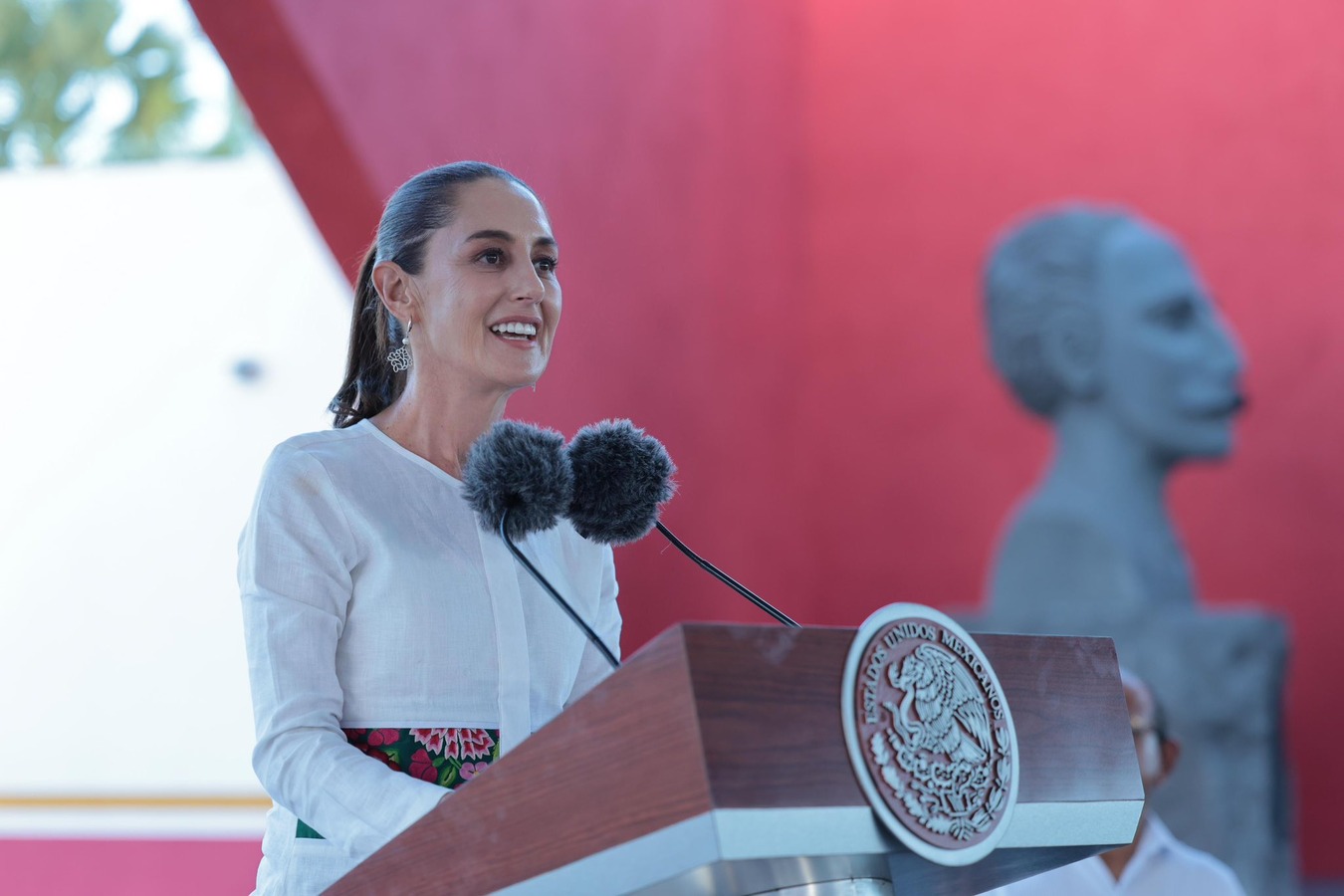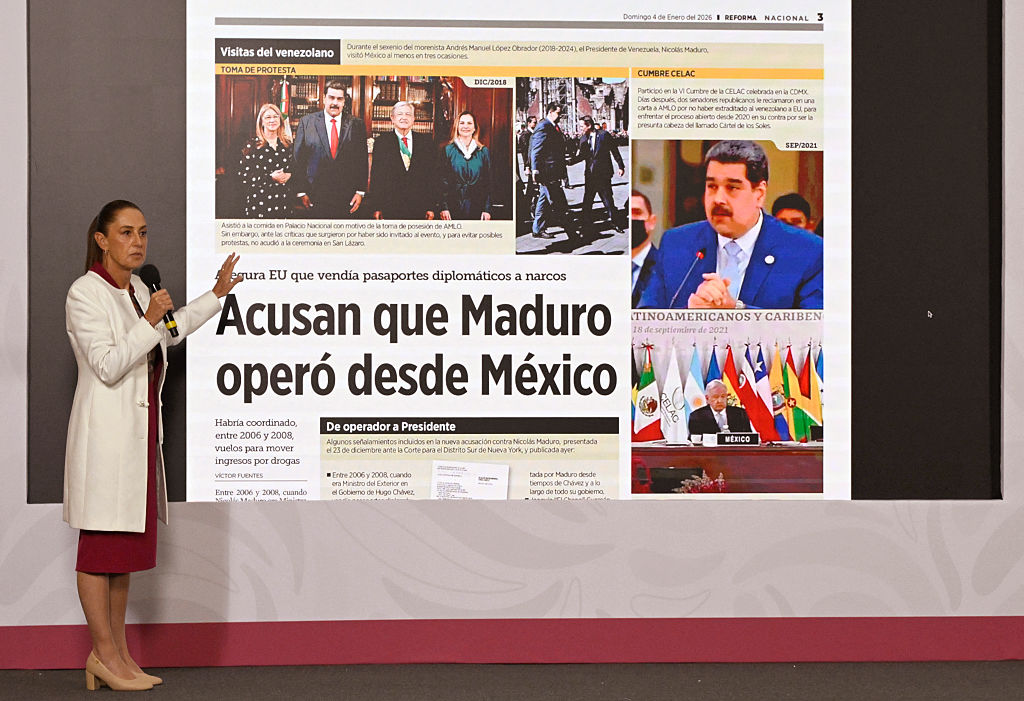Grumblings in Cuba and Mexico ahead of Papal Visit
Grumblings in Cuba and Mexico ahead of Papal Visit
The pope travels to Mexico and Cuba at the end of the month. As both countries prepare to welcome the pontiff, not everyone is happy with his agenda.
With less than two weeks before the arrival of Pope Benedict XVI, preparations are underway for his visit to Mexico and Cuba. In all, the pope will spend just five days between the two countries—March 23 to 28—equal to the amount his predecessor John Paul II spent in Cuba alone in 1998. With the trip, the pope hopes to bring a message of “reconciliation and peace” to Mexico, and promote a revival of the faith in Cuba. However, the pontiff’s agenda attracts attention as much for what it includes as for what it does not.
Though the pope begins his trip in Mexico, where he will stay until March 26, his Cuba stop has drawn more attention from the international press. Officially, Benedict XVI’s journey commemorates the four-hundredth anniversary of the discovery of the Virgin of Charity of Cobre, Cuba’s Catholic patroness. A year-long celebration of the anniversary marked by processions throughout the island attracted thousands of followers. In a televised address on March 13, Archbishop of Havana Cardinal Jaime Ortega said these displays of religious devotion convinced Benedict XVI to visit the country to “revive the faith.” His two-day visit includes stops in Havana and Santiago de Cuba, the country’s two largest cities.
Officially atheist from 1962 to 1992, Cuba underwent a religious resurrection aided by the 1998 visit of Pope John Paul II, the first papal visit to that country. Since John Paul II’s trip, the Church doubled the number of priests and nuns, and carved out a niche providing social services such as soup kitchens, daycare centers, and elderly care. Estimates of the island’s current Catholic population run as wide as between 10 and 60 percent of the population. Catholic leaders in the country cooperate with the government, though they have also interceded on behalf of dissident prisoners, and operate publications that often frankly criticize government policy. Still, the Cuban government greeted news of the papal visit with enthusiasm, with an editorial in state paper Granma declaring the pope will be welcomed “with affection and respect.”
But not all Cubans are pleased with the papal itinerary. Following in the footsteps of his predecessor, Benedict XVI will not meet with leaders of Santería, a syncretic local religion mixing Roman Catholic and West African religious beliefs that some analysts estimate is the majority religion in the country. (For practitioners of Santería the Virgin of Charity of Cobre represents Ochún, goddess of love, maternity, and marriage). Though the Cuban Catholic Church is tolerant of Santería as a “form” of Catholicism, Benedict XVI is critical of syncretism. Vatican officials rejected outright the possibility of any meeting with santeros.
The papal agenda also lacks any planned meeting with dissident groups. In protest, 750 activists signed a petition in early March, and opposition figure Guillermo Fariñas wrote a public letter, urging the pope to reconsider his visit to the island, fearing his visit will legitimize repression on the island. “You represent a high moral authority in this world. If you cannot do your part for the oppressed, please postpone your trip to our country,” Fariñas wrote. Other dissident groups such as the Ladies in White asked for “just one minute” of the pope’s time during his visit to air their grievances. On March 14, 13 activists from the Republican Party of Cuba occupied a church in Havana, vowing to stay until the pope promised to address their concerns during his visit. The occupation drew a sharp rebuke from Catholic authorities.
But the pontiff begins his visit in Mexico, home to the second-largest Catholic population in the world. He will give public masses in the cities of Leon and Guanajuato, both in Guanajuato state, and meet privately with Mexican President Felipe Calderón. Given the ongoing violence in that country, the pope said he will come with a message of “peace and reconciliation for a suffering Mexico.” With three months to go before Mexico’s presidential election, the Mexican press questioned the politics of the pope’s choice to visit Guanajuato—Mexico’s most Catholic state and a stronghold of the president’s National Action Party (PAN). But Vatican officials insist concerns for the 84-year-old pope’s health ruled out higher-altitude destinations such as Mexico City.
Learn More:
- View the papal agenda for the journey on the Vatican website.
- Read an editorial in state newspaper Granma welcoming the pope to Cuba.
- Access the Presidency of Mexico’s press release regarding the papal visit.
- Learn about the role of the modern Catholic Church in Cuba in an article by Victor Gaetan in Foreign Affairs.
- Read a copy of Guillermo Fariñas letter to the pope from El Nuevo Herald.








